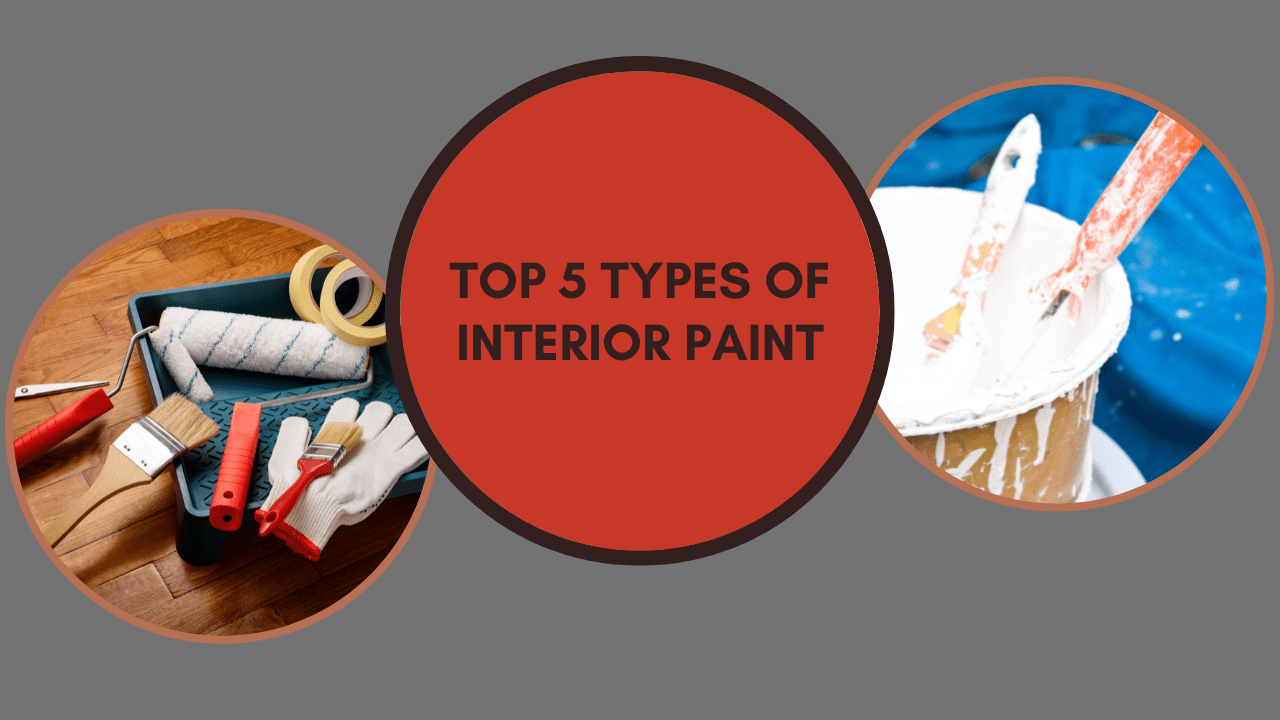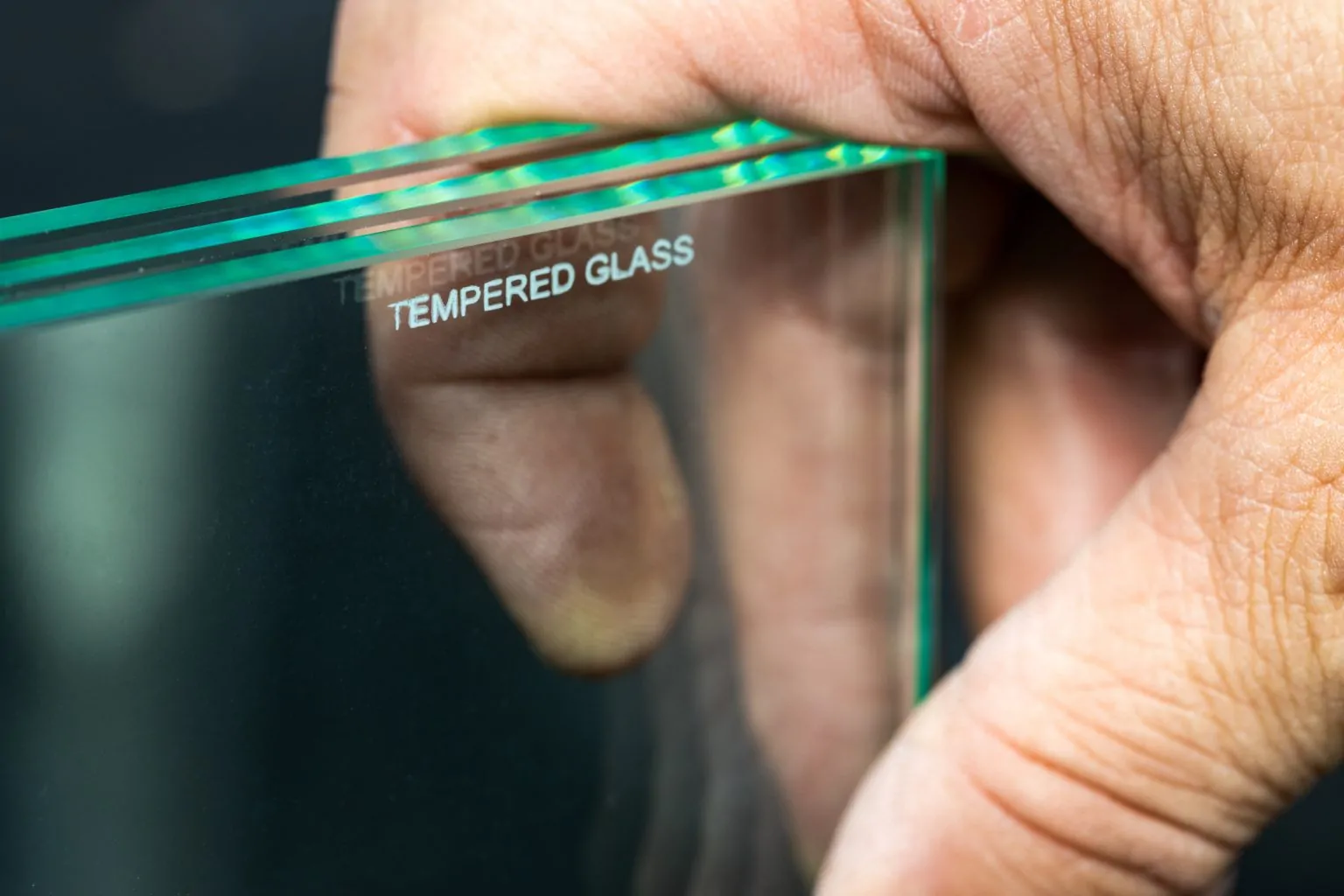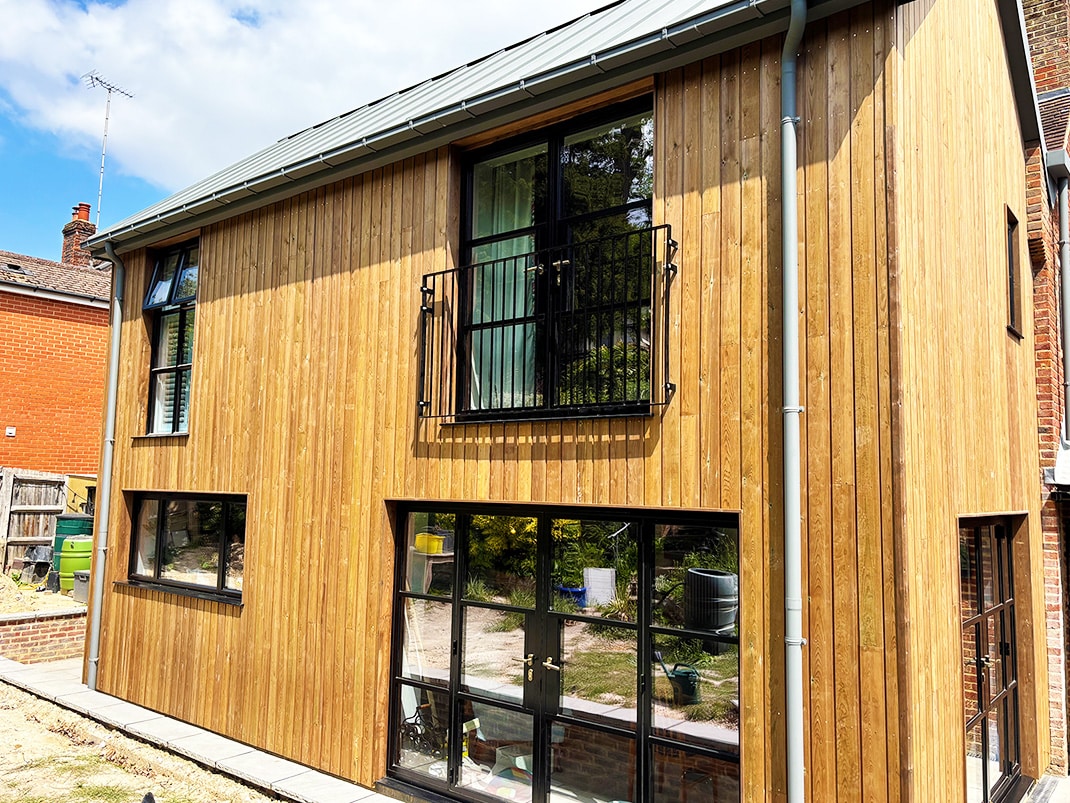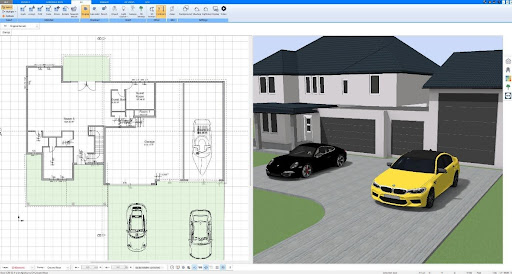If you’ve ever walked down the paint aisle at your local hardware store, you know how overwhelming it can feel. There are so many different types of paint available that it feels impossible to choose.
Even when you finally make a decision, you go home to use your new paint only to be disappointed with the end result. Too shiny, not shiny enough, smelly, took too many coats, etc.
If you have another paint project coming up, learning about the different types of interior paint beforehand can make your selection much easier. It’s difficult to determine which type of paint you need when you are at the store. You need to research beforehand so you can buy with confidence.
So what are the types of wall paint that you need to be aware of? Keep reading to learn what types of paint are worth getting for your home, and what they should be used for.
If you’ve ever walked down the paint aisle at your local hardware store, you know how overwhelming it can feel. There are so many different types of paint available that it feels impossible to choose. A painting company can help you with your choice
Table of Contents
1. Flat

Flat paint looks good, most of the time anyway. It has the least amount of shine to it, making for a classy look.
Because of its nature, it’s only available as latex paint. Flat paint is best suited for low traffic, low-touch areas such as bedrooms, hallways, ceilings, and dining rooms.
The only problem with flat paint is that it’s difficult to clean. So in a kitchen, where spills could get on the walls, it’s not ideal. It’s also a bad choice for rooms that small children play in, as crayons or even dirty fingerprints can ruin your walls.
Flat paint isn’t very scrubbable, so once there’s a messy on the wall, you may just need to repaint it.
One of the benefits of flat paint is that it helps to hide imperfections on the wall. So if you have a rough wall, with plenty of dings and dents, flat can make them disappear. On the contrary, paints with more sheen can actually highlight imperfections.
2. Eggshell
Eggshell paint is generally used for decorative purposes. It offers just enough sheen but is still pretty low luster. When painting the majority of walls in a home, homeowners often choose between flat or eggshell paint.
Eggshell is a little easier to clean, thanks to a bit more sheen, but still isn’t suited for areas such as kitchens or bathrooms where regular scrubbing may be required.
3. Satin
In the middle of the road when it comes to painting types, satin is a popular choice for most residential applications. Many people use it on bedroom and hallway walls, as well as doors thanks to a moderate sheen.
It’s also great for hallways and woodwork such as shelves or dressers. You can wash walls with satin paint, though they aren’t going to be very scrubbable. So the occasional splatter or fingerprint will come off with relative ease, but a larger mess will be harder to clean.
4. Semi-Gloss
Now we are getting to the shiny stuff. Semi-gloss paint is shiny without being too shiny.
It’s typically used on molding and trim around doors, windows, and along the floor and ceiling. It helps to distinguish molding from the rest of the wall, creating a more professional and elegant look.
It’s a great paint option for kitchens and bathrooms, as it helps to resist moisture and is scrubbable, so you can finally get those crayons or stains off the wall.
But with glossy paints, you’ll want the smoothest walls possible. Gloss will highlight imperfections. So if you are using semi or high gloss paint, take the time to prepare your surfaces beforehand.
5. High-Gloss
The shiniest paint, high-gloss is used in areas where heavy use and friction are experienced. It resists stains and can be scrubbed hard when it does get dirty. The more gloss you have in your paint, the more durable and long-lasting it’s going to be.
Surfaces that are touched daily should have high gloss paint. Cabinets in the kitchen and bathroom often use high-gloss. Even the toughest of stains, such as from crayons, will come off easily without scrubbing the paint off your walls.
Thanks to the fact that high-gloss paint can withstand moisture and can be cleaned, it’s also used widely in commercial and industrial environments as well. Many contractors use commercial-grade high-gloss paint for factory painting and other tough environments.
The Importance of Selecting the Right Type of Paint
Many people think that they can use the same type of paint throughout their home. This is a big mistake. For a professional finish, you need to use different types of paints for different areas of your home, or you’ll ruin your house.
For example, there are certain parts of your home that are more prone to messes.
This can include kitchens, bathrooms, or any rooms where young children play. Having the right type of paint in these areas will allow you to clean off those crayon marks or that spaghetti sauce with ease. Other types of paint aren’t scrubbable and will be impossible to clean.
Another reason to be selective with your paint is moisture. Areas like bathrooms and kitchens deal with much more moisture on a daily basis. The walls need to have moisture-resistant paint so that the walls don’t suck up all of that steam and humidity.
Lastly, the right type of paint in each room can make your home look beautiful or terrible. Shiny paint is useful, but shouldn’t be used in bedrooms and living room, as it’s not very relaxing to look at.
It should, however, be used on cabinets or trim, where a glossy finish can add just the right amount of contrast.
Using one can of paint for all of these different projects is a surefire way to make your house look terrible. If you want your home to look nice and professional, so that it’s easier to resell in the future, make sure to buy the right paint for each different project.
Selecting the Right Types of Interior Paint
Actually buying the right types of interior paint, once you know what you are using it for, has never been easier. At the store, cans of paint should clearly list the ideal use for each can of paint.
Painting cabinets? Pick up a can that says cabinet paint, which is going to be semi-gloss or high-gloss. Need to repaint your ceiling? Get a can of ceiling-specific paint.
The worst thing you can do is just buy one cheap can of paint for all of your different home projects. This is how you ruin a home.
Looking for more tips like this? Visit our blog today to keep reading.





